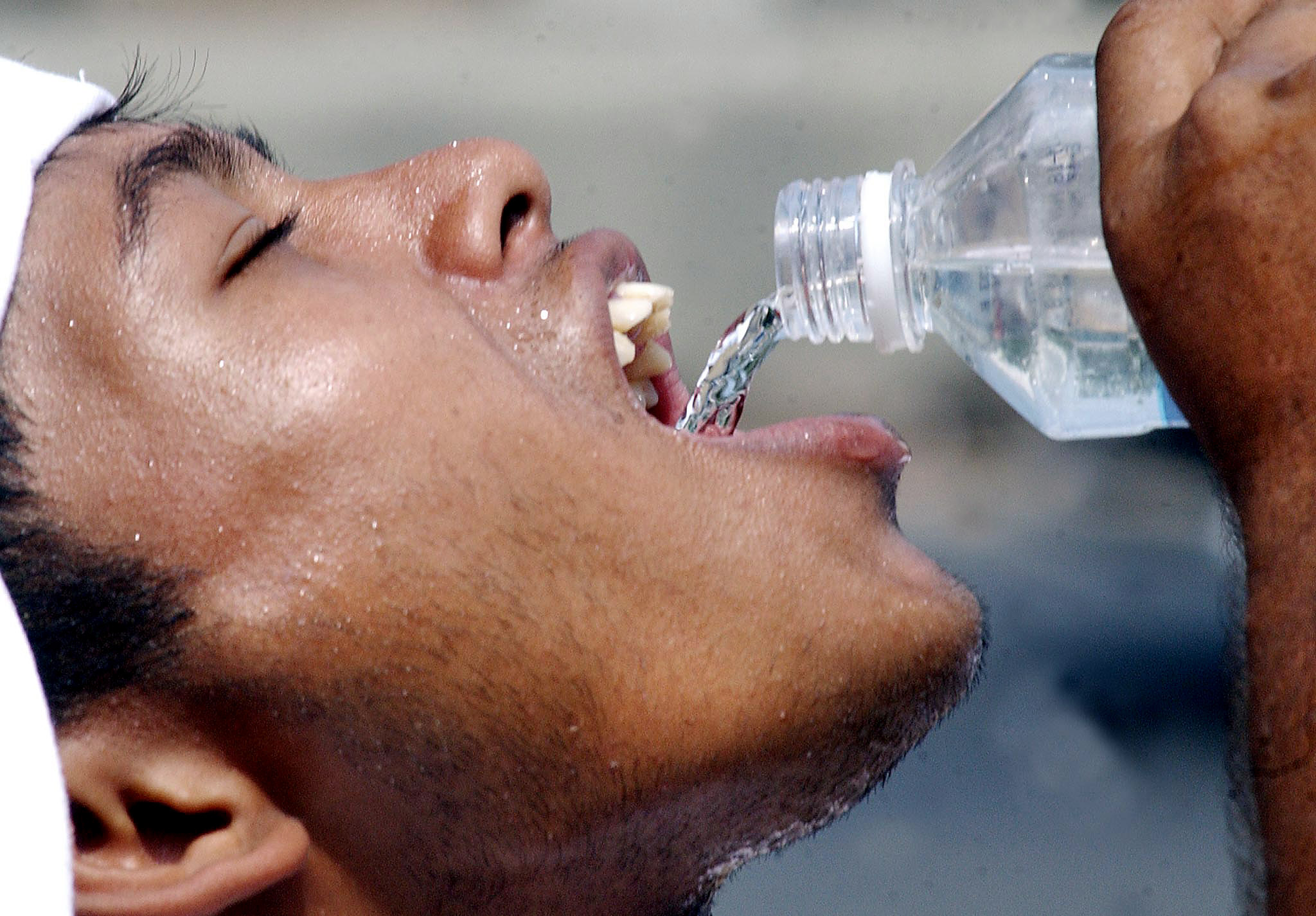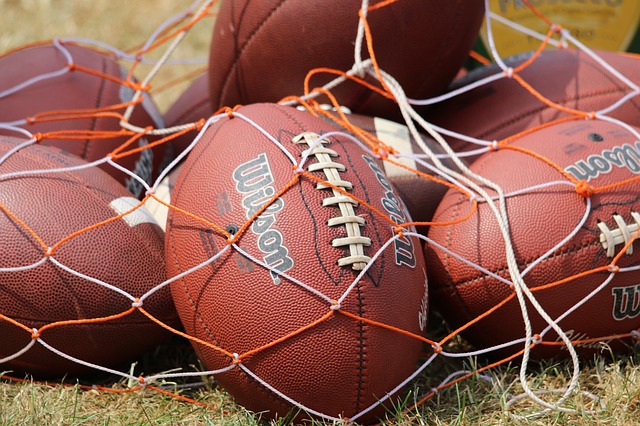A 14-year-old collapsed and died during football conditioning drills at a Florida high school on June 12.
Hezekiah Walters, an incoming freshman at Tampa’s Middleton High School, collapsed during drills, local police said. He was taken to a nearby hospital where he was pronounced dead, according to Tampa Bay Times.
Walters collapsed around at the school’s football field after the team had completed 30 to 40 minutes of drills that included weightlifting and wind sprints. Coaches immediately called 911 when they saw he collapsed.
The Hillsborough County medical examiners are working to determine the cause of death.
A Hillsborough County Public Schools spokesperson said the school district was “heartbroken” by the news.
DEEPEST CONDOLENCES????: Our deepest condolences to the family of Hezekiah Walters who passed away after collapsing on the football field during conditioning drills. https://t.co/NBLeKwv8tu pic.twitter.com/13kdcCvA3x
— WFLA NEWS (@WFLA) June 12, 2019
“We are devastated by the death of one of our students,” district spokeswoman Tanya Arja wrote. “This student was an amazing young man who was loved by his friends, teachers and staff at school. He was taking part in conditioning and weight lifting with other athletes and coaches when he collapsed. The coaches immediately called 911 and he was rushed to the hospital. We were heartbroken to hear the news that he later passed away,” Fox 13 reported.
According to the National Center for Catastrophic Sport Injury Research (NCCSIR) at the University of North Carolina at Chapel Hill, football-related deaths are actually rare.
In 2018, the center reported more than 4 million kids, teens and college students played football in the United States. During the same year, 16 football-related fatalities were reported. Of those 16 deaths, at least 7 were related to heat stroke or cardiovascular problems.

The NCCSIR suggests to take the following measures when football activity is carried on in hot weather:
1. Each athlete should have a complete physical examination with a medical history and an annual health history update. History of previous heat illness, general illness, sickle cell trait, supplements, medications, and type of training activities before organized practice begins should be included.

2. Acclimatize athletes to increasing exercise intensity, equipment, and hot/humid environments gradually by providing progressive practice sessions for the first fourteen days of football preseason and any other subsequent practice in hot or humid days. States and governing bodies have rules pertaining to when full football uniforms may be worn.
3. Know both the temperature and the humidity since it is more difficult for the body to cool itself in high humidity. Anytime the wet-bulb temperature is over 82 degrees Fahrenheit suggests that careful control of all activity should be undertaken.

4. The intensity of exercise is the leading factor that can increase core body temperature higher and faster than any other. Adjusting activity level and providing frequent rest periods can minimize the risk of heat illness in football.
5. Minimize multiple practice sessions during the same day and allow at least three hours of recovery between sessions. Rest during workouts
in cool, shaded areas with some air movement and remove helmets and loosen or remove jerseys.

6. Fluids should be readily available and consumed to aid in the body’s ability to regulate itself and reduce the impact of heat stress in practice and games. Players should have water available and be encouraged to drink to minimize dehydration throughout a practice session. Athletes should drink water before, during, and after practice.

